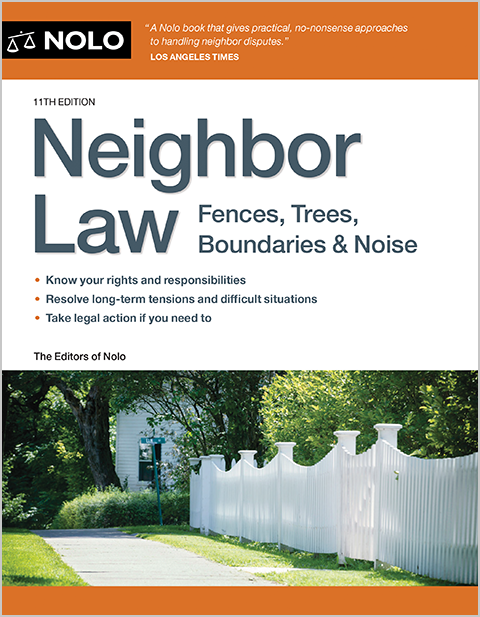Communicate with your neighbors before they decide to complain about your home blocking their view.
Let's say you are hoping to build your own home, and have identified an available parcel of land with a great view. Perhaps it's looking toward the ocean, a lake, or mountains. But if you like the view, it's a fair bet that your neighbors do, too. In that case, before buying, you'll want to consider whether your construction or landscaping will block or impinge on a neighbor's view. If it does, you'll need to find out what laws, regulations, or restrictions might limit what you can do, lead to neighbor disputes, or even prevent you from building your dream home.
Broadly speaking, laws in the United States don't give neighbors a right to an unobstructed view across nearby land. The typical exception is where such a right has been granted by easement or something similar, by the prior owner of the particular piece of land.
However, city or county zoning laws (often called bylaws), other municipal ordinances, or subdivision rules and regulations (if you live in an area governed by a community or homeowners' association) might impose less expansive but still significant restrictions on what you can do with your land. An outraged neighbor will no doubt research these carefully for anything that might stop your blockage of their view.
Check for Zoning Rules Affecting Neighbors' Right to Views
Your municipal or local zoning bylaws might regulate front, back, and side lot line setbacks, lot coverage minimums, and building heights.
These regulations will apply regardless of whether your neighbor's view might be affected by new construction. For example, a zoning bylaw might protect a historic and pleasingly uniform streetscape by requiring a deep front-lot line set back. But the result could be that you can't build such a large or imposing structure as you'd hoped.
Look Into Tree Ordinances Limiting Allowable Height
Many cities' and towns' ordinances regulate the height, size, and location of trees on a homeowner's land. You might be prohibited from planting trees exceeding a minimum height, say, 15 feet, or from planting too close to a neighbor's lot line.
In any event, you might be required to prune trees, whether new or existing, if they exceed a minimum height.
Special rules might also apply to certain locations (for example, the entrance to a hospital), certain species of trees (such as those dangerous to people who are allergic to it), or certain kinds of roads (if you're located on a scenic road or street, for example, your ability to plant or cut down trees could be regulated.)
Check for Limitations on Fence Height
Some municipal ordinances regulate the height of fences, often limiting them to six feet or less. These ordinances might regulate both natural fencing, like bushes or shrubs, and built fencing, like brick, stone, or wood. Your state's law might also contain boundary fence restrictions. (Check Select States' Laws on Property Disputes Between Neighbors.)
Live in a Subdivision? Read Your Rules and Regulations
If the vacant land you hope to buy is located in a subdivision, or any other kind of planned community, homeowners' association (HOA) regulations might extend well beyond the scope of local zoning bylaws, though the zoning bylaws would also still apply.
They might regulate, for example, the use of certain building materials and even paint colors, the location and height of trees, outdoor clothing lines, above-ground swimming pools, and any other structure or use that might impinge on the views (not to mention the market value) of any other home in the subdivision.
Subdivision rules and regulations are enforced by homeowners' associations. While the members rarely take such matters to court, there's a cost involved in a long, rancorous disagreement with them over aesthetic issues. It's usually best to find a negotiated solution.
Where to Find Out About Laws and Regulations Governing Your Building Plans
As in so much that involves vacant land, careful investigation is well advised. Start this process even before engaging architects, builders, and other professionals, much less entering into an agreement to purchase the land.
Typically, the rules and regulations that govern interference with a neighbor's views are local. You can find them online on the website of the town or city where the land is located or by contacting the city or town clerk's office.
It's helpful also to talk to your prospective neighbors early in the game, if you have any reason to think that what you want to build could offend or disturb them. You might find that they are less likely to oppose your plans if you give them a chance to see and comment on them first. In any event, it's a wonderful opportunity to learn something about the people who might be your neighbors for some time to come.
Talk to a Lawyer
Need a lawyer? Start here.
How it Works
- Briefly tell us about your case
- Provide your contact information
- Choose attorneys to contact you
- Briefly tell us about your case
- Provide your contact information
- Choose attorneys to contact you


